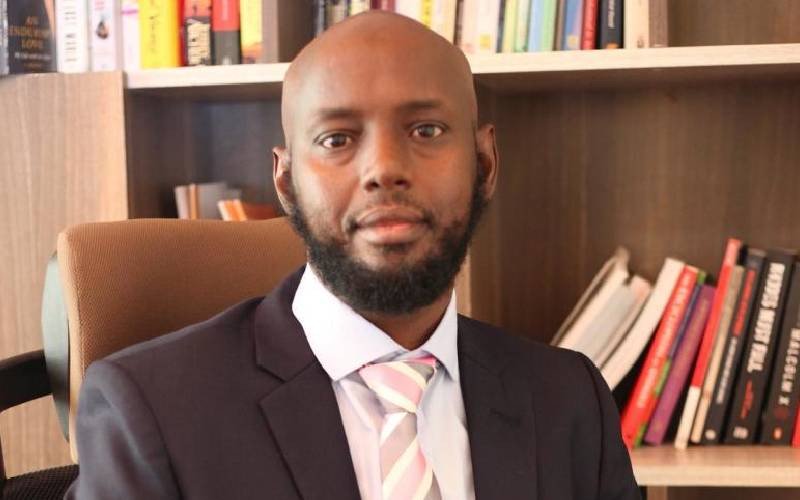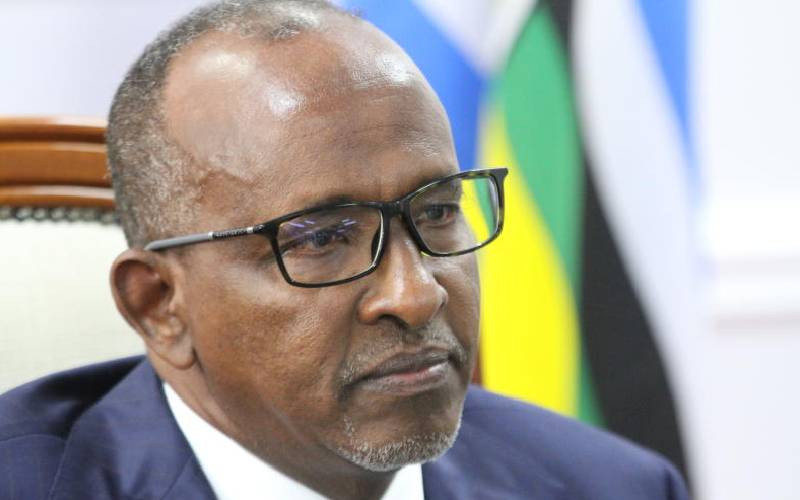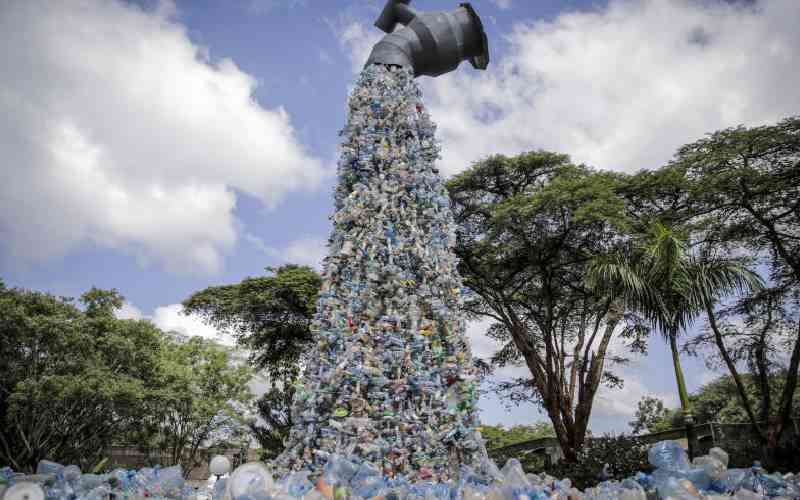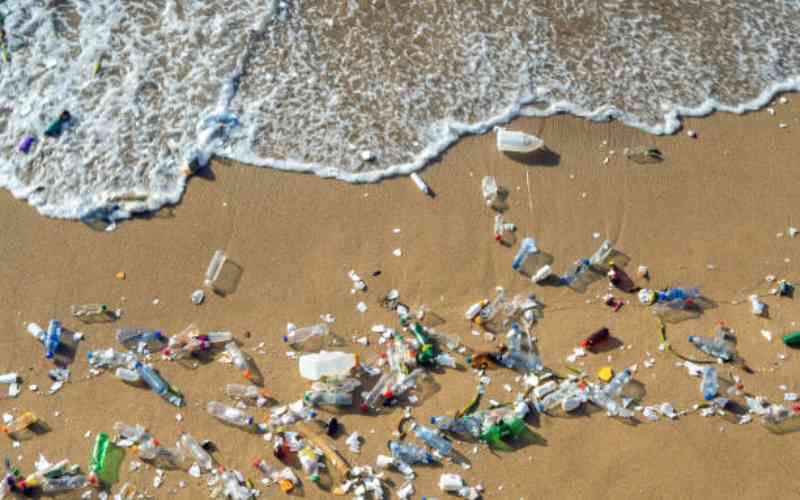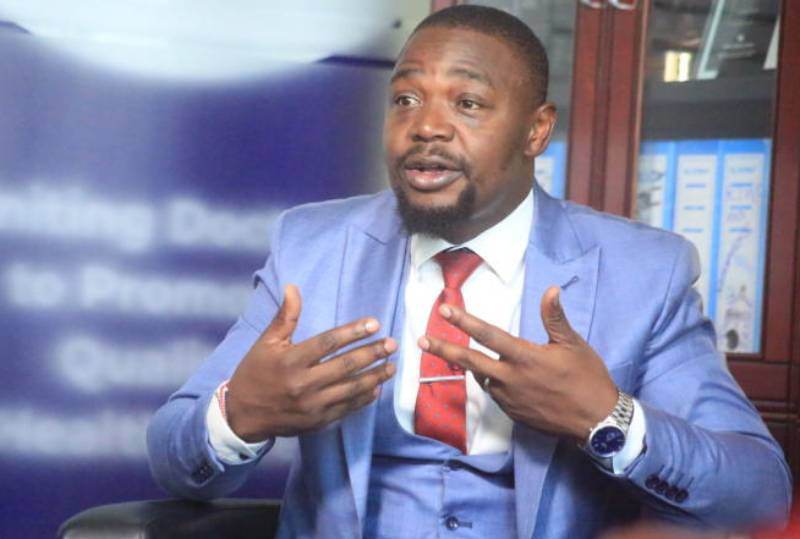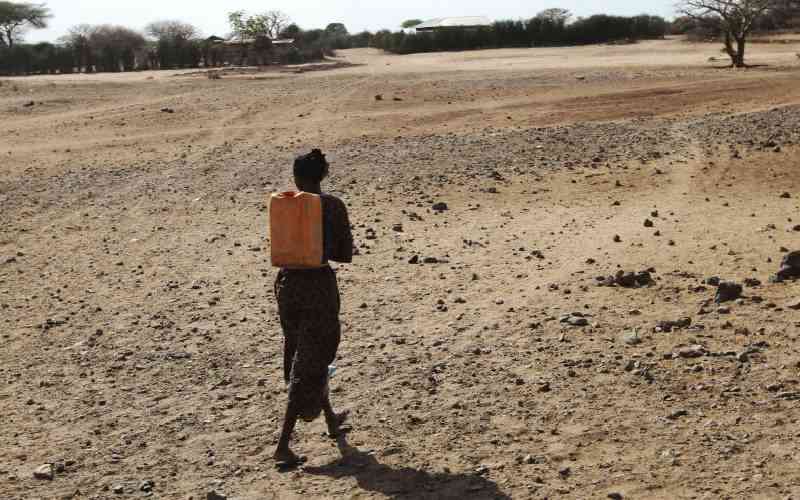
Heavy polluters are still dodging responsibility.
They talk about ambition. But their actions remain small, slow, and selective, while emissions keep climbing.
Africa emits just four per cent of global greenhouse gases. Yet it faces the worst losses: droughts that strip GDP, floods that wash away infrastructure, and cyclones that erase harvests.
Meanwhile, the world’s top five emitters — China, the United States, the European Union, India, and Russia, account for over 60 per cent of global emissions. Their failure to cut emissions swiftly enough is a betrayal of global climate commitments and a direct threat to Africa’s survival.
The Paris Agreement mandates a 43 per cent reduction in global emissions by 2030 to limit warming to 1.5°C. Yet UN data projects a nine per cent increase by that date — a dangerous trajectory. This failure exacts a heavy toll on Africa, where adaptation costs are estimated at Sh74.8 trillion (US$579 billion) by 2030.
Between 2021 and 2022, the continent received only Sh3.8 trillion (US$30 billion) — less than six per cent of what’s needed. At the Africa Climate Summit in Addis Ababa, leaders issued a clear demand: the world’s richest and highest‑emitting nations must move beyond empty promises and take responsibility.
Act or lose credibility
- Snakebites still a major public health concern in Kenya
- Economy and politics major contributors of child malnutrition
- Dogs on the trail of South Africa's endangered tortoises
- Lobby group flags digital content pushing smoking to African youth
Keep Reading
The message from Addis Ababa was unequivocal: cut emissions or stop pretending to be climate partners. African leaders outlined five non‑negotiable demands to address the crisis and restore trust.
First, an immediate end to new coal, oil, and gas projects. The International Energy Agency warns no new fossil fuel development is compatible with 1.5°C. Yet G20 nations invested Sh180.9 trillion (US$1.4 trillion) in fossil fuels in 2022. Each new project locks in pollution, undermining global goals. “Every new project makes 1.5°C less achievable,” said Seble Samuel of the Fossil Fuel Non‑Proliferation Treaty Initiative.
The contradictions are stark. China is adding 300 GW of coal capacity — more than some African countries’ total electricity use. The U.S. approved Alaska’s Willow oil project, projected to emit 250 million tonnes of CO₂. The EU has delayed coal phase‑outs, despite green rhetoric.
Second, African leaders demanded binding 2030 fossil fuel phase‑out plans with clear, sector‑specific targets. Current pledges focus on 2050 net-zero goals — far beyond today’s political terms. Scientists stress that the next decade is critical. OECD countries must slash emissions by 60 per cent by 2035. “Mid-century goals are meaningless without near-term cuts,” said Mohamed Adow of Power Shift Africa. “We need closure dates, not speeches.” Without bold action before 2030, vast parts of Africa may become uninhabitable due to heatwaves and water scarcity.
Third, climate finance must scale up dramatically — and move away from debt-based models. Rich nations pledged Sh12.9 trillion (US$100 billion) per year by 2020 but failed to deliver. Africa now requires Sh168 trillion (US$1.3 trillion) by 2035. Yet in 2021–2022, Africa received just US$30 billion — over half as loans. “Finance that deepens debt is not support — it’s sabotage,” said Emmaqulate Kemunto of ActionAid. Article 9 of the Paris Agreement makes climate finance a legal obligation, not charity — but the Global North continues to fall short.
Just transition
Debt is now a frontline climate issue. In 2023, Africa spent Sh9 trillion (US$70 billion) on debt servicing — more than its climate budget. This diverts critical resources from renewables, adaptation, and resilient agriculture.
“Gone are the days of rich polluting countries folding their hands at the crisis they created,” said Bavon Christopher of ActionAid Tanzania. “At COP30, African negotiators must demand climate financing that ensures a just transition.”
Fourth, reliance on carbon markets and offsets must end. These schemes often let polluters keep emitting while claiming credits from vulnerable communities. An ActionAid report revealed that in Kenya, only two per cent of carbon credit revenue reaches locals — the rest goes to intermediaries and foreign companies.
“Carbon markets are a wolf in sheep’s clothing,” said Dean Bhekumuzi Bhebhe of Power Shift Africa. “They deliver profits, not justice.” Kemunto urged African leaders to reject offsets and debt swaps as distractions from real solutions.
Fifth, debt cancellation is essential. The crushing debt burden stifles Africa’s ability to invest in clean energy, adaptation, and green industries. Cancelling debt would unlock billions for climate resilience and allow countries to prioritise people over creditors. “Without debt relief, climate finance cannot flow at the scale needed,” Christopher emphasised.
Africa’s leadership
While major polluters dither, African nations are taking bold steps. At the Addis Ababa Summit, African states launched Sh19 trillion (US$150 billion) in home-grown climate commitments, including Sh6.4 trillion (US$50 billion) through the Africa Climate Innovation Compact and African Climate Facility, and US$100 billion from African Development Finance Institutions.
They reaffirmed a target of 300 gigawatts of renewable power by 2030, enough to power green industries and provide electricity to 600 million Africans currently without access. “Africa is not a passive recipient of climate solutions. We are, and must be, the architects of them,” said former Ethiopian President Sahle‑Work Zewde.
Kenya’s climate envoy, Ali Mohamed, highlighted Africa’s leadership: “We are advancing the global climate agenda even as the world risks backsliding.”
The consequences of inaction are dire. The United Nations Economic Commission for Africa (UNECA) warns that even if warming is kept low, Africa’s climate costs could reach US$50 billion annually by 2050.
Every fraction of a degree exacerbates floods, droughts, and disease, with current pledges placing the world on a path to 2.5–2.9°C of warming. At this level, Africa would face regular crop failures, lethal heatwaves, and adaptation costs that outstrip available resources. “We cannot adapt our way out of endless emissions,” Adow warned.
The Addis Declaration also committed to implementing the Kampala Declaration on Agriculture, supporting smallholder farmers, particularly women and youth, who make up over 60 per cent of Africa’s population but receive less than two per cent of climate finance. “Commitments to sustainable agriculture must move beyond rhetoric,” said Nigus Simane, ActionAid Ethiopia’s Interim Country Director.
Global accountability
A dangerous loophole in the Addis Declaration, the endorsement of “transitional fuels” like fossil gas, drew sharp criticism.
Rhoda Boateng warned that gas traps Africa in cycles of inequality and pollution. In Nigeria and Mozambique, gas booms have led to debt and instability. With fossil fuel demand set to peak, new gas projects risk becoming stranded assets.
Legal pressure is growing. The International Court of Justice suggests developed nations could be held liable for climate inaction. Similar cases are rising in the Pacific, Caribbean, Europe, and the US. “This is no longer about charity — it’s about liability,” said Seble Samuel.
A proposed Fossil Fuel Non-Proliferation Treaty aims to halt fossil expansion, phase out production, and support just transitions.
 The Standard Group Plc is a multi-media organization with investments in media
platforms spanning newspaper print
operations, television, radio broadcasting, digital and online services. The
Standard Group is recognized as a
leading multi-media house in Kenya with a key influence in matters of national
and international interest.
The Standard Group Plc is a multi-media organization with investments in media
platforms spanning newspaper print
operations, television, radio broadcasting, digital and online services. The
Standard Group is recognized as a
leading multi-media house in Kenya with a key influence in matters of national
and international interest.

